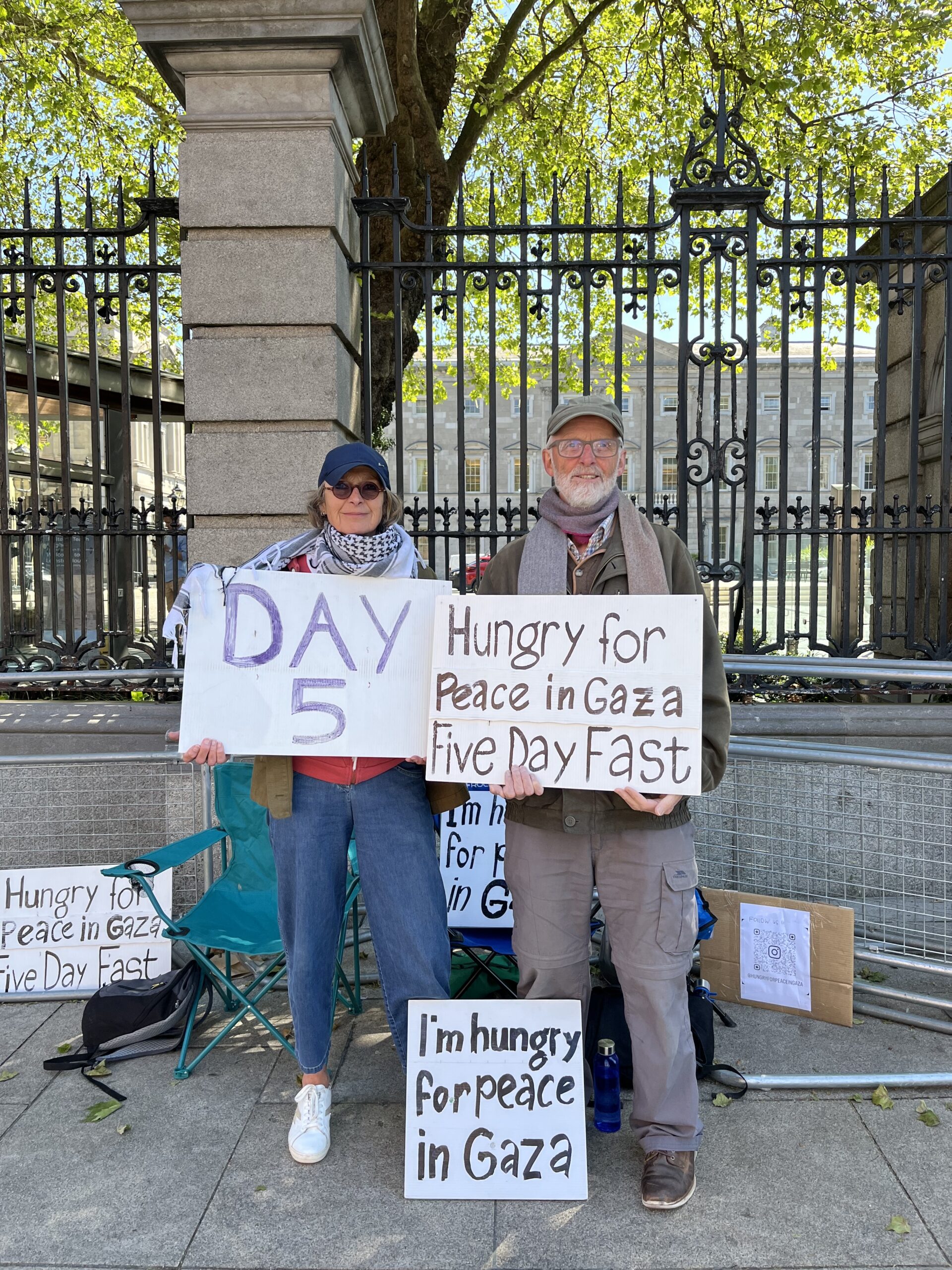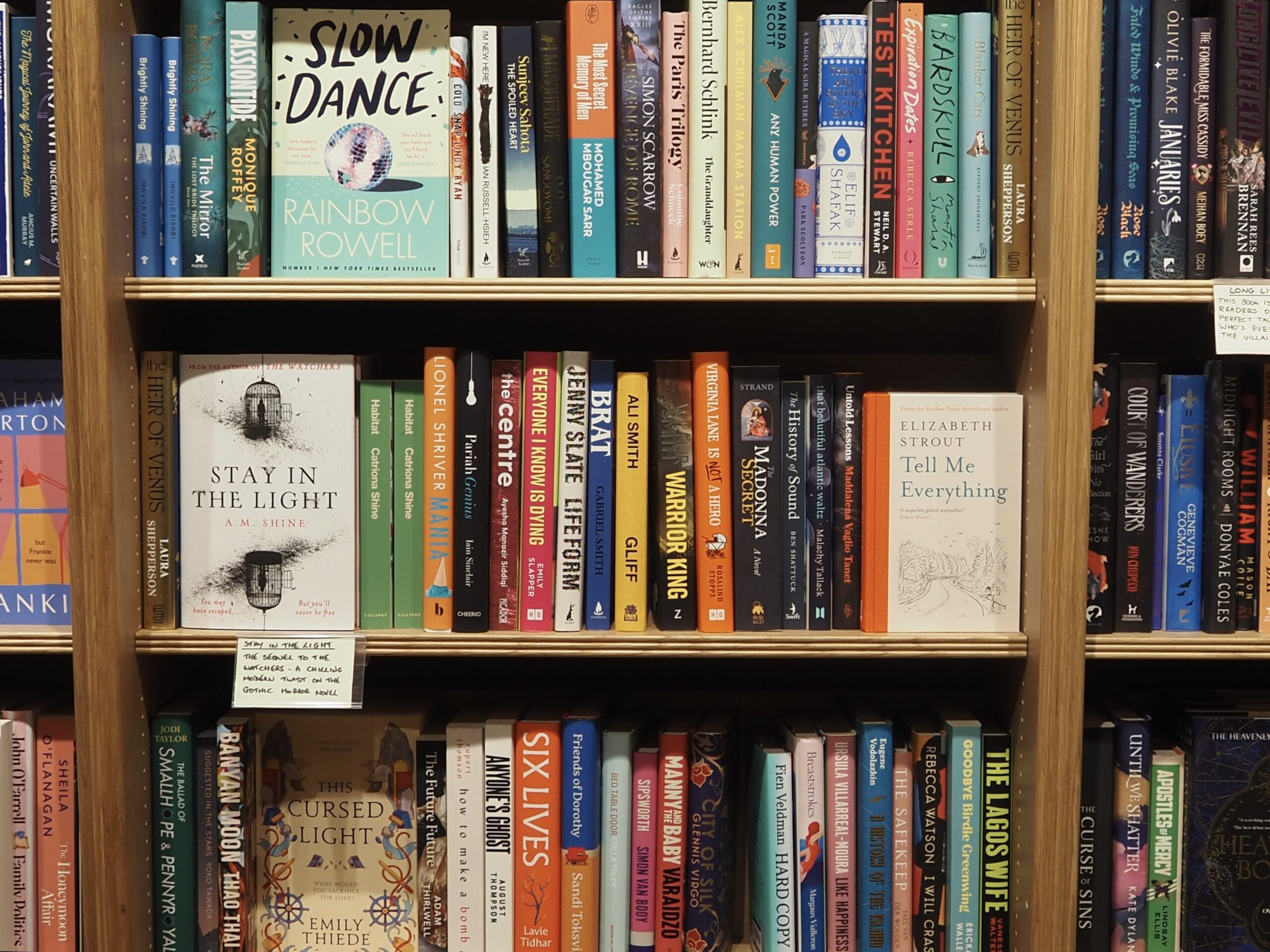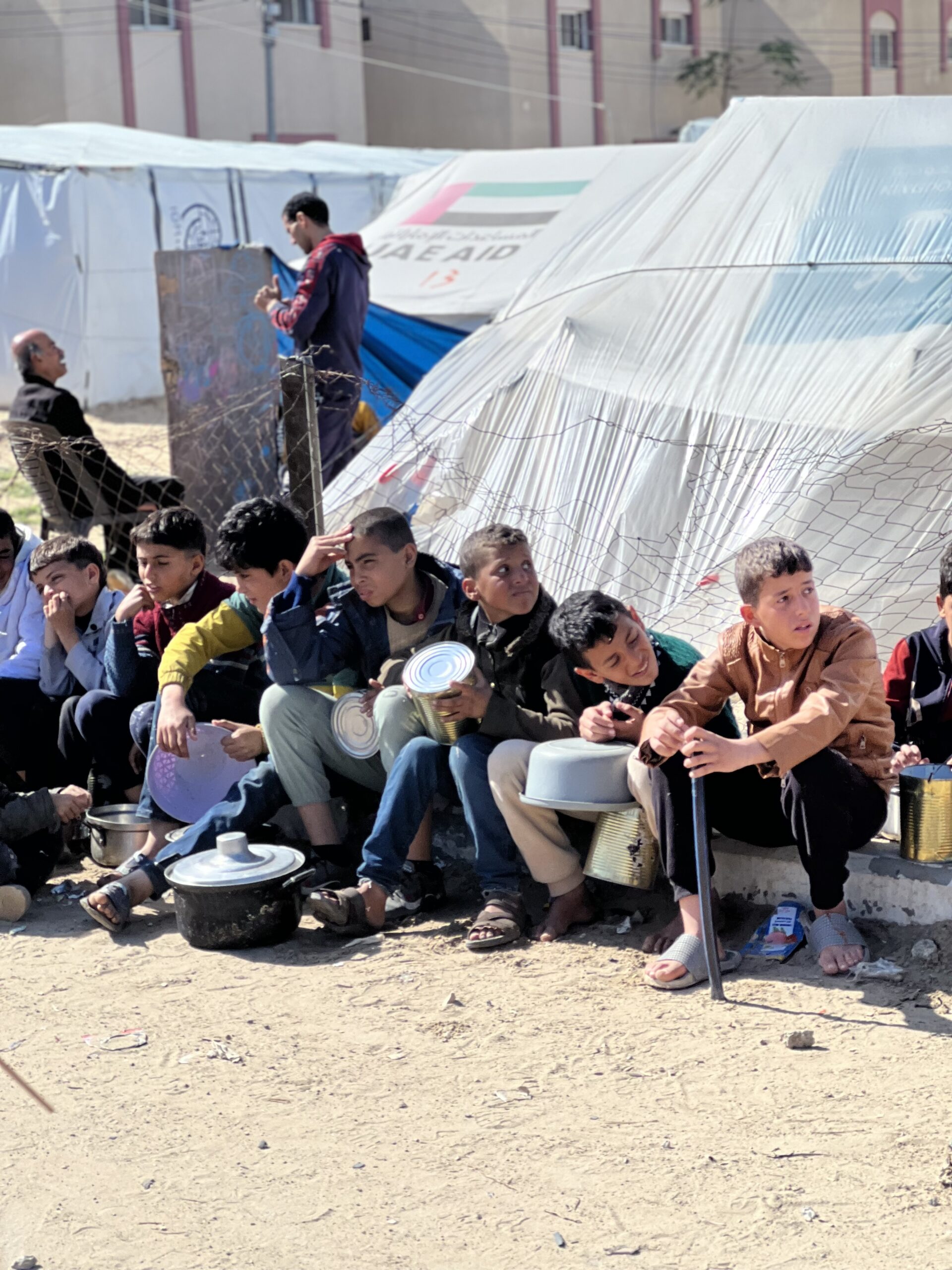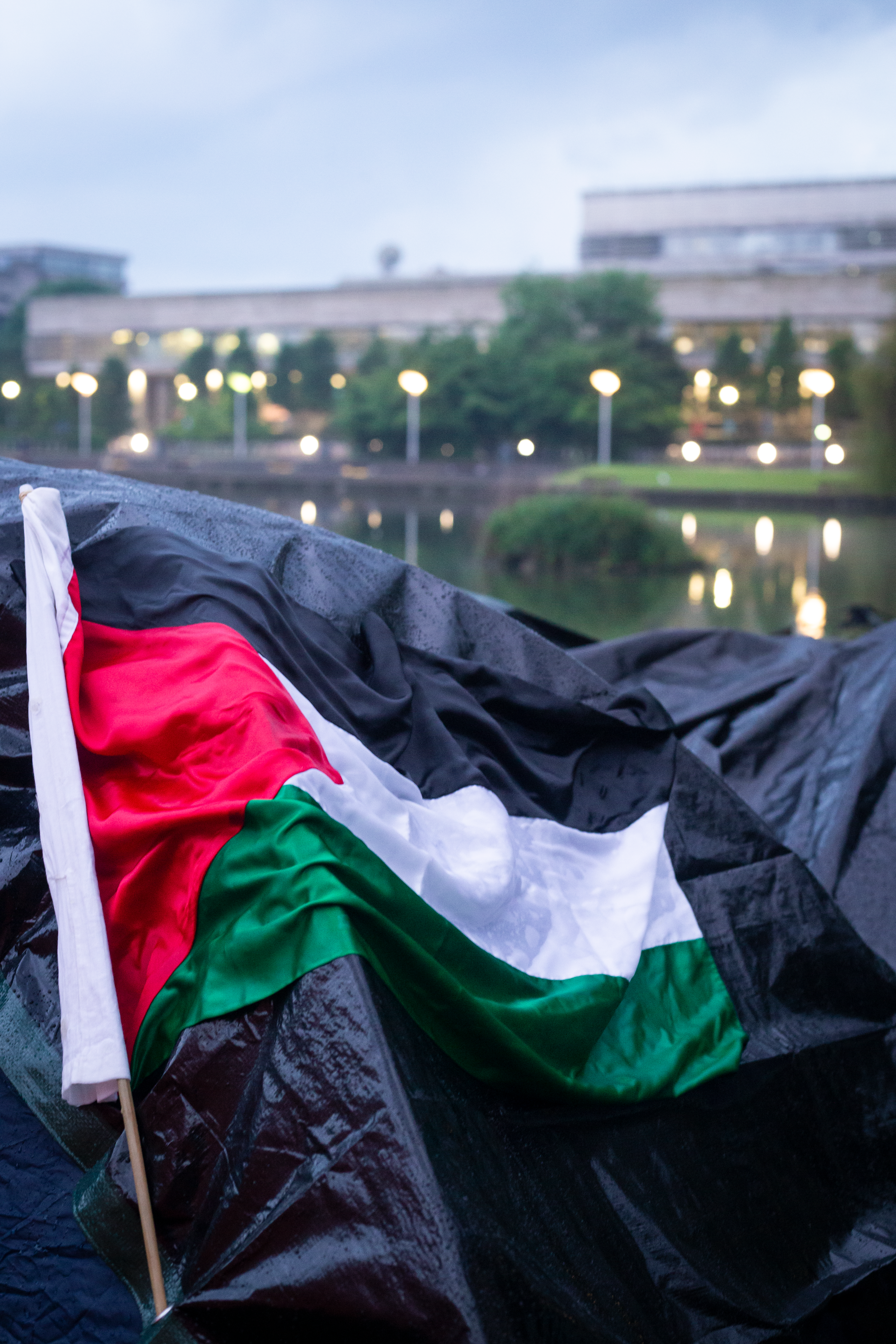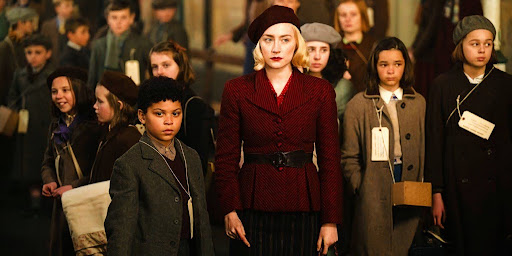
When has a film genre been squeezed dry of its value? One might argue it’s when no new stories can be grafted from its generic cloth, when all the stories have been told. Look at the Western: once a wellspring of cinematic possibility in the 1950s, today you rarely see them produced. How can you possibly tell another cowboy story that hasn’t been told before? How many times can you rework the same tropes into a new, exciting narrative?
Something similar is going on with the WW2 movie. Much like the Western, it too has become a tired genre, as exemplified by several recent efforts. Operation Mincemeat (2021) and Darkest Hour (2017) are run-of-the-mill true-story dramas seen a thousand times before. The Steven Spielberg and Tom Hanks miniseries Masters of The Air (2024) somehow glorifies warfare without injecting any narrative energy into its storyline, resulting in an experience that’s like watching propaganda. These films and TV shows can feel like museum installations, like they exist to be inoffensive accounts of the past with no fresh artistic critique of the subject matter. They have no interest in subverting our expectations of the genre, and generally reinforce the virtues of heroism and masculinity without calling them into question or exploring their nuances.
Of course there are exceptions. Christopher Nolan’s Dunkirk (2017) and Oppenheimer (2023) are cinematic experiences that challenge the audience and make them rethink their perception of this historical event and what a WW2 movie can be. Dunkirk shows the frailty of human life in a war where skill and machismo will not keep you alive. Oppenheimer, while portraying the atom bomb from the Western perspective, makes the audience question the moral implications of such a weapon. We’re left wondering if the West were really the heroes of that conflict. But for every Dunkirk, there are a dozen films that are content to repeat the same tired tropes, hoping that it can bank off the fact that it is a true story to make up for the lack of any artistic drive.
And then there’s Blitz, director Steve McQueen’s new wartime drama led by Saoirse Ronan. Ronan plays Rita, a single mother in 1940s London that is under bombardment from Nazi aeroplanes. Because of this danger, Rita is forced to send her son George (Elliot Heffernan) to the countryside with thousands of other child evacuees. However, George escapes from the train carrying him away from the city and spends the remainder of the film trying to get back to his mother through the tumult of a city under siege.
While that sounds like old hat for WW2 dramas, Blitz has an interesting racial component to its narrative. George’s father is a Black man who is deported from England before the events of the movie. We see this event in a flashback, where George’s father is unjustly taken away by the police after being harassed by a group of white men, while Rita looks on helplessly. Historical narratives are at their best when they not only comment on the time in which they take place but also say something valuable about the time in which they are made. The film seems to be gesturing at something bigger than the usual rinse-and-repeat creative process of many dull WW2 dramas.
However, while the premise is promising, the social commentary of the film ultimately buckles under the weight of its need to make a widely appealing money-maker. The racial commentary of the film does not go much further than the scene described above, excluding a few other instances. In one scene taking place in an underground bomb shelter, an argument breaks out when a white couple hangs up a sheet to separate themselves from a foreign couple. A Black soldier rips down the sheet and makes a speech about how they all need to stick together and get along. It’s a nice moment, sure, but ultimately it is facile; race is not an easy topic, and I kept waiting for the film to move into more difficult territory, to explore its themes with more nuance. But the film is so concerned with providing the audience with a fun adventure on top of its social commentary that it fails to find the time or means to effectively communicate any sort of message to its viewer. The movie cannot reconcile these two parts of itself.
What, then, remains in the rubble left of this film? The performances all around are excellent, especially the young Elliot Heffernan in his first film role. The sets of the film are elaborately designed, displaying a vision of crumbling 1940s London. The opening scene of the film is incredible, as a group of firefighters attempt to hose down buildings in the midst of an air raid. Like other WW2 movies, it immerses you in history. I only wish that it could have devoted the same energy to effectively developing its themes of race that it merely postures towards.
Has the well run dry on WW2 films? Has oversaturation killed the genre? I think the WW2 genre could look at the Western as a source of inspiration. While Westerns are not nearly as popular as they once were, when they are made they usually try to subvert the tropes of the genre to create something new. Look at films like Brokeback Mountain (2005), The Power of the Dog (2021), and Killers of the Flower Moon (2023) – just because a genre takes place in the past does not mean that it cannot offer nuanced views on gender, race and class. Moving forward, filmmakers making WW2 movies should learn to be bolder and more radical if they want to create enduring art, and not just lifeless monuments to the past.


